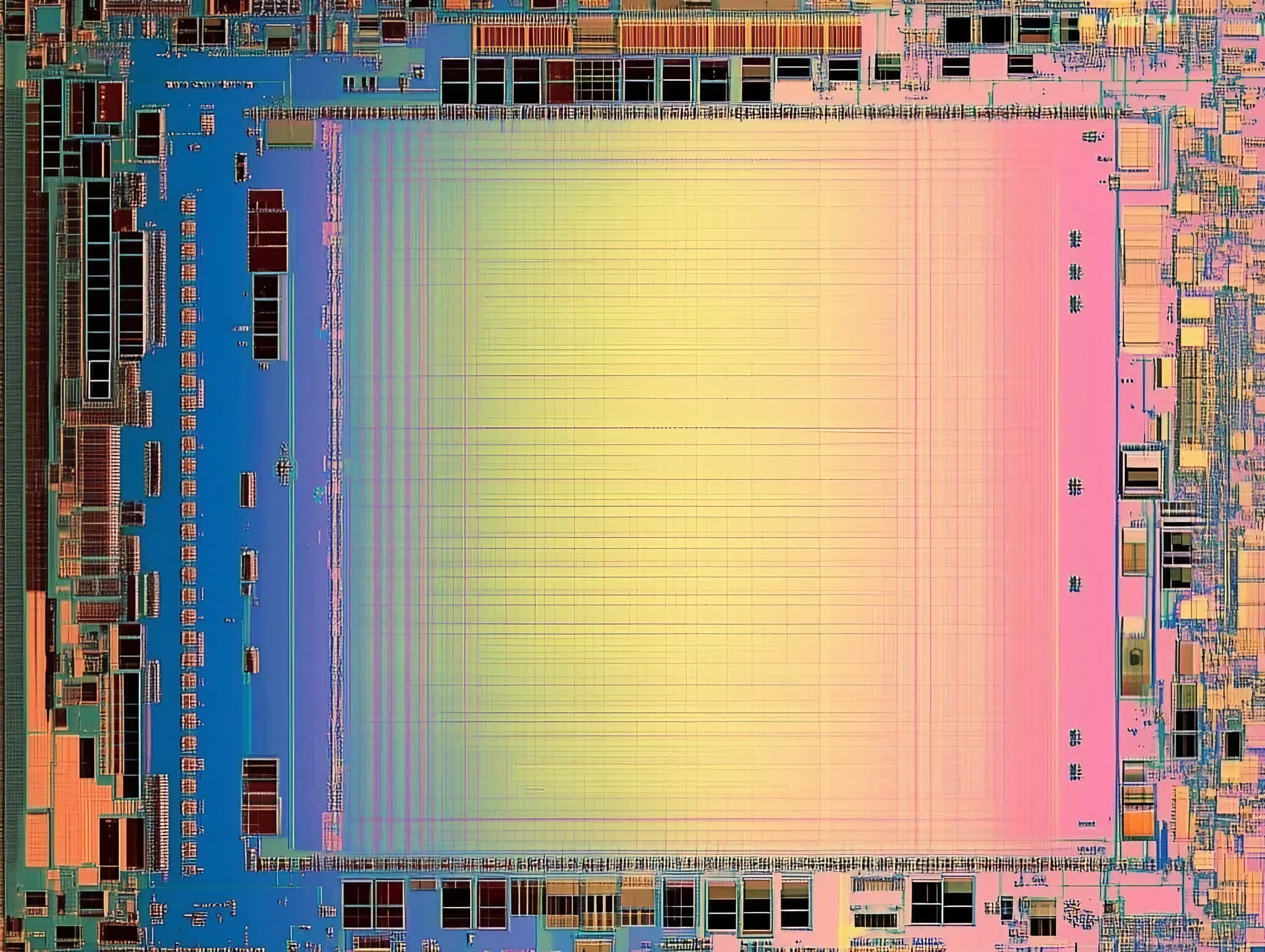We are now decades into the digital revolution, so why haven’t high-tech audio streams caught up to old-fashioned radio waves?
That was my question on last week’s GeekWire Podcast, after conducting an experiment that was inspired by the tradition of tuning into the play-by-play announcers while watching a baseball game in the stands.
During a Seattle Mariners game at T-Mobile Park, I found that the audio streams from various smartphone apps, were at least 30 seconds behind the action on the field, and sometimes even further behind.
That compared to a lag of just a few seconds when listening on a $22, battery-powered AM transistor radio.
The delay in the digital audio stream basically made it unusable for listening to play-by-play in the ballpark.
I offered my theories about the reasons for this, and heard from a bunch of people who listened to the podcast or read the article last week.
One was streaming media veteran Rob Green, who was group manager of Microsoft’s Digital Media Division from 1998 to 2006, a pivotal era for the industry. He went on to lead a variety of tech and digital media startups, including a past role as CEO of Seattle-based Abacast, which streamed broadcast radio stations online.
Green emailed me after seeing last week’s post: “Simply put, streaming requires buffers to work correctly, hence the delay you experienced,” he wrote. He explained, “Broadcast expects a perfect network, and streaming expects an imperfect network, and they are respectively architected accordingly.”
I talked with him to learn more. Hear his comments on this week’s episode.
On the subject of bridging terrestrial and internet radio, I got a great email from Seattle tech industry veteran Daryn Nakhuda, who’s now senior director of software engineering for self-driving technology company Waabi.
Hey Todd,
Just read your story about AM vs digital radio for listening to the ballgame and had a funny story to share. Back around 97 or 98, I worked at a web development company that ran the Mariners website, as well as KIRO Radio’s site.
This was back in the days of RealAudio, and we wanted to provide a live stream of games on the web. So, what did we do? We found an old boom box, dialed it to 710am, and patched the headphone jack into the sound card on my workstation.
It worked like a champ, though every now and then someone would email the webmaster saying the stream was a little staticky and we had to jiggle the antenna or do a little fine tuning.
Ah, the good ole days…
And finally, here’s what Major League Baseball had to say on this topic via email.
MLB utilizes a third party technology service provider to execute the distribution of home and road audio feeds digitally for all 2,430 regular season games, in addition to the postseason, in its [owned and operated] products. Due to technological limitations in the digital space, latency of the feeds is unavoidable. We have had success working with our partner to reduce the latency times and we will continue to work on further improvements.
The part about continuing to work on future improvements is promising, but as MLB hinted and Rob Green explained, the current setup is highly unlikely to create the kind of true live streaming audio play-by-play scenario I imagined.
Who knows, maybe this is one of the problems that will be solved in the metaverse.
Listen above, or subscribe to GeekWire in Apple Podcasts, Google Podcasts, Spotify or wherever you listen.





















Discussion about this post